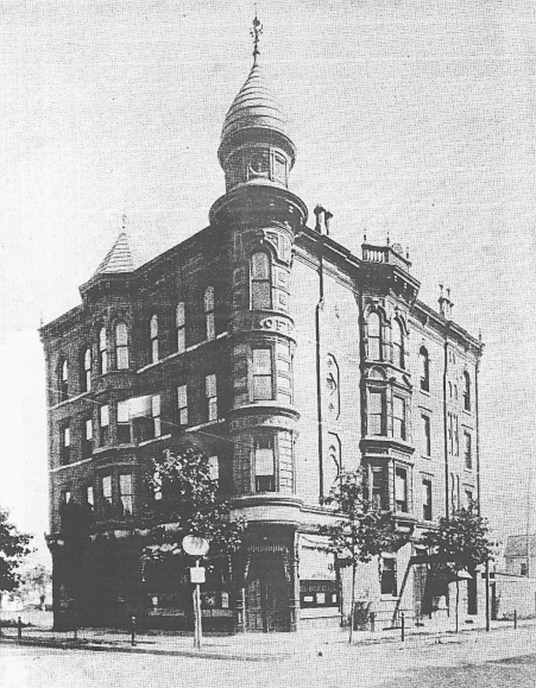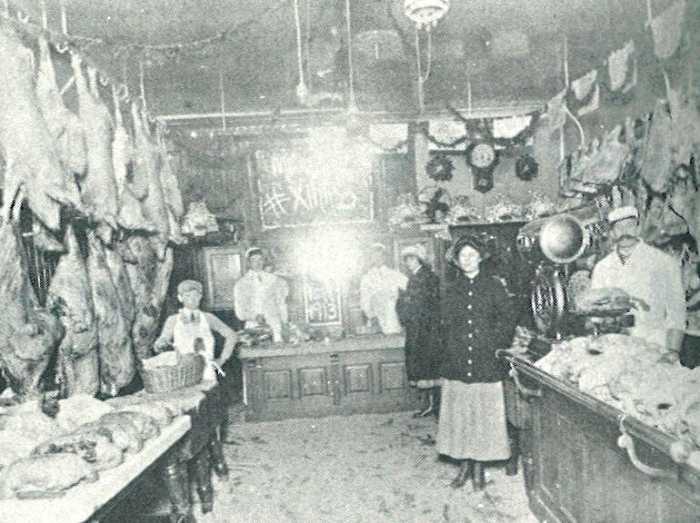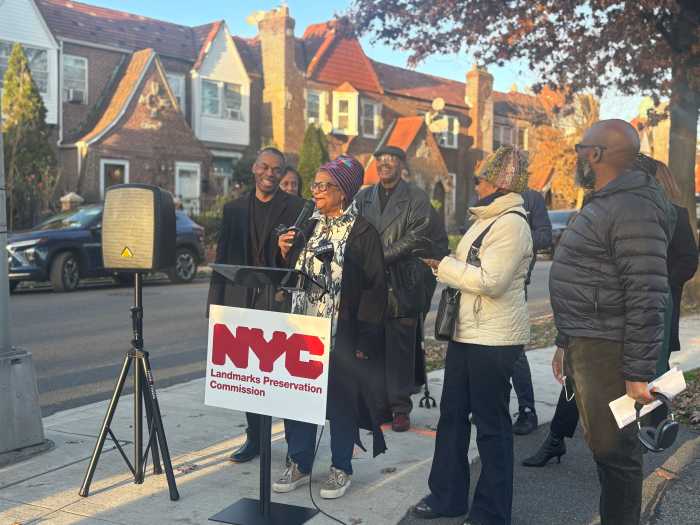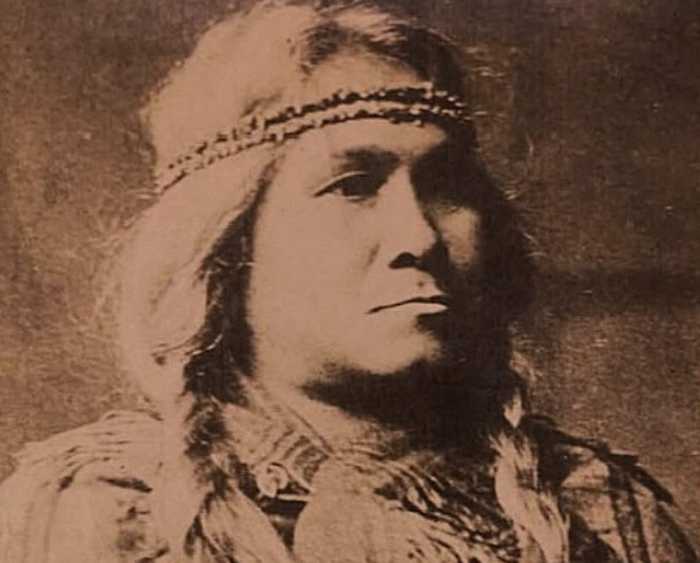Under different circumstances, Woodhaven would have been publicly acknowledging a number of big anniversaries in their history in the year 2020.
Last month was the 125th anniversary of the cyclone that devastated Woodhaven (July 13, 1895) and August marks the 125th anniversary of the founding of Forest Park. And this July also marks Woodhaven’s 185th birthday, making it just 15 years away from the bicentennial mark.
It was on July 1, 1835, that John R. Pitkin purchased the first piece of property in the village that was then named Woodville, due to the dense woods that covered the area.
Pitkin purchased the land as part of his grand scheme to develop a brand-new city, one that Pitkin hoped would replace New York City. In fact, he was using New York City as the basis of the name for his planned city: East New York.

The land purchased by Pitkin stretched from Brooklyn to Long Island and the village of Woodville was earmarked to be the industrial section, with lots of factories and farms and houses for the workers.
But the Panic of 1837 launched a major recession that lasted into the 1840s and a lot of investors, Pitkin included, lost tremendous amounts of money. As a result, Pitkin had to sell off large tracts of land to cover his losses and plans for a giant East New York were dashed (though the name lives on, to this day, in Brooklyn).
By the 1850s, the village of Woodville was growing well enough that in 1853 they applied to have their own Post Office. However, that request was denied as there was already a village in New York named Woodville (about 350 miles north of Queens, on the shore of Lake Ontario).
At that point, the village elders held a public meeting to discuss and vote upon a new name. The vote came down to two names: Edgewood (again, because the entire area was on the edge of woods) and Woodhaven (Pitkin’s choice for the new name), which won by a large majority.
Today, the upper/lower boundaries of Woodhaven extend from Park Lane South to Atlantic Avenue. But in those days, the residential section of Woodhaven was south of Atlantic Avenue, in a section that is known today as Ozone Park. This area, which was called Woodhaven Village, housed many of the neighborhood’s earliest settlers and important families.
Woodhaven Village really took off with the purchase of a nearby factory by partners Florian Grosjean and Charles LaLance. The factory began pumping out metal kitchenware made from tin through a unique stamping process and was an immediate success.
Grosjean enticed many of his countrymen to come here from France and set them up in row houses in Woodhaven Village that he owned along University Place (now 95th Avenue). University Place took its name from a nearby school for making shoes, also founded by John Pitkin.
University Place was the center of much of Woodhaven Village’s activities, with the erection of Woodhaven’s first bank (the Wyckoff Building), several hotels and other businesses. Many of these buildings and houses are still standing to this day, in Ozone Park.
Woodhaven celebrated its centennial in 1935, capped off with a giant parade down Jamaica Avenue with residents carrying a monstrously sized cake. Almost 5,000 residents and honored guests gathered in and around the Willard Theater to celebrate Woodhaven’s 100th birthday.
The celebration was capped off by a reading of a telegram from Mae West, who owned a house nearby on 88th Street, congratulating Woodhaven on its milestone.
With 15 years to go, residents of Woodhaven (and Ozone Park) have some time to plan for a 200th birthday party, but it will be hard to top Mae West for a celebrity endorsement.
With all of these anniversaries cropping up, there’s still one terrifically fun milestone coming up in Woodhaven’s long history, a topic we’ll be covering in next month’s Old Timer.





































